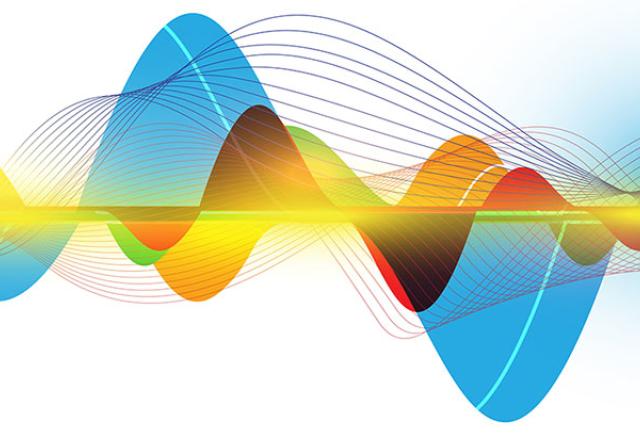Guest Editorial Distributed Signal Processing for Edge Learning in B5G IoT Networks
The papers in this special section focus on distributed signal processing for edge learning (EL). EL is a new and promising technology for implementing artificial intelligence (AI) algorithms at edge devices over wireless networks.




